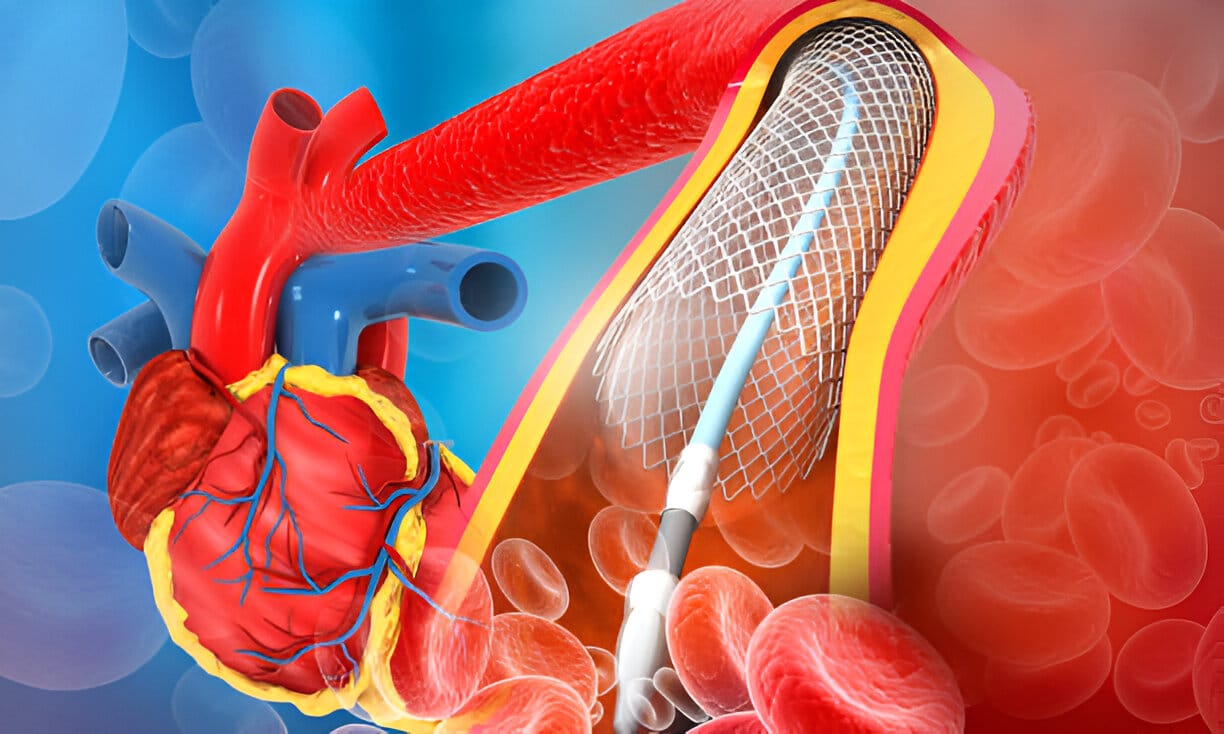Expert Advice

Stent placement is a vital medical procedure that helps restore blood flow in blocked or narrowed arteries. If you or your loved one has had a stent placement, here are a few things you should keep in mind for the recovery.
While the procedure significantly improves heart health and quality of life, it’s important to take specific precautions during recovery. Taking these steps will ensure the stent remains effective and prevent future complications. In this comprehensive guide, we’ll explore what to avoid after stent placement and provide practical advice for living a healthy and fulfilling life post-procedure.
A stent is a small, mesh-like tube inserted into an artery to keep it open after a blockage has been cleared, usually during a procedure called angioplasty.
By understanding stent placement, you can better appreciate its importance and the necessary lifestyle changes to ensure its effectiveness.
Stent placement is often required for individuals with conditions like coronary artery disease, which is caused by plaque buildup in the arteries.
If you’ve undergone this procedure, making informed lifestyle choices is essential for long-term recovery and heart health.
Recovery time after stent placement depends on your overall health and the complexity of the procedure.
Here are key adjustments and precautions to consider:
After stent placement, medications are prescribed to prevent blood clots and ensure the stent remains open. Antiplatelet drugs, such as medications like aspirin or clopidogrel, help prevent clot formation. Cholesterol-lowering drugs may also be prescribed to help reduce plaque buildup in arteries.
Skipping doses increases the risk of stent thrombosis (a dangerous condition where the stent becomes blocked). Over-the-counter medications, without consulting your doctor, may interfere with your prescribed treatments.
Your diet plays a critical role in recovery and preventing further artery blockages. Include fresh fruits and vegetables that are rich in vitamins and antioxidants. Whole grains help reduce cholesterol levels. Lean proteins like fish, chicken, and plant-based proteins should also be incorporated into your diet.
Avoid processed foods that are high in sodium and unhealthy fats. Fried foods can raise cholesterol levels. Excessive sugar increases the risk of diabetes and heart disease.
Physical activity is essential for recovery, but it should be done carefully. Incorporating light physical exercises like walking, which helps improve circulation and stamina, will help in the long run. Light yoga will also enhance flexibility and reduce stress. Low-intensity cycling is also a gentle way to strengthen your heart.
Heavy lifting or high-intensity workouts strain your heart, so it is best to avoid them. Any activity that causes chest discomfort or shortness of breath should also be removed from the diet.
Here are other do’s and don’ts:

It’s important to know when to seek help after stent placement. Contact your doctor if you experience:
Regular check-ups with your cardiologist will help address concerns early and keep your recovery on track.
Recovering from stent placement is an ongoing process that requires careful attention to your lifestyle and health. By following your doctor’s recommendations along with a healthy diet and lifestyle, you can significantly maintain a good quality of life.
Take charge of your recovery journey with Atrius Cardiac Care. Our expert team is dedicated to providing world-class treatments and personalised support to ensure your heart health thrives. Schedule your consultation today.